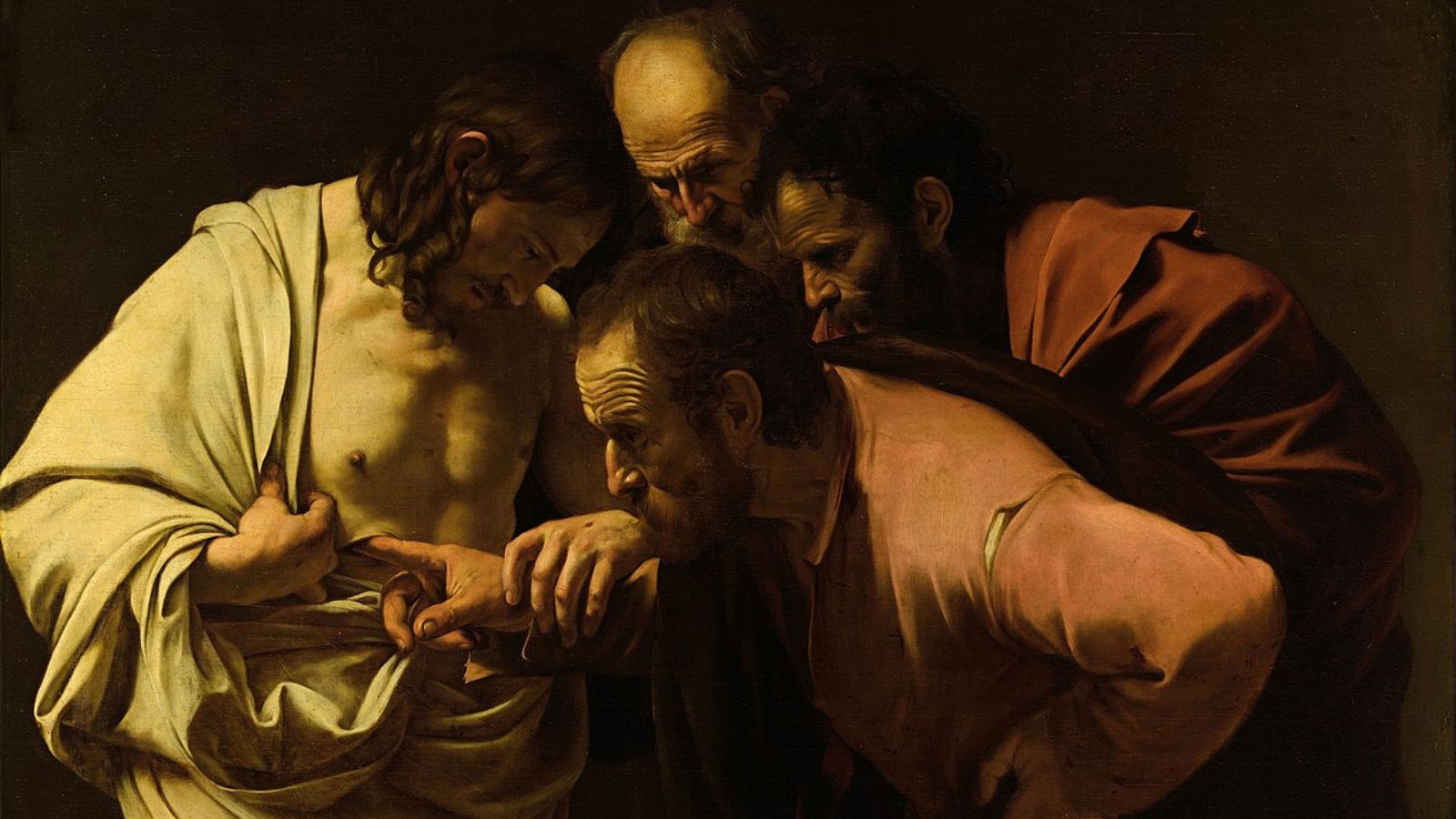The phrase “Doubting Thomas” refers to someone who is skeptical and refuses to believe something without direct evidence. The origin lies in the Bible, in the Gospel of John. After Jesus’s resurrection, he appeared to his disciples. Thomas, one of the twelve apostles, was not present at that moment. When the others told him that they had seen the risen Christ, Thomas refused to believe them. He said he would not accept it unless he could see and touch Jesus’s wounds himself.
A week later, Jesus appeared again, this time with Thomas present. Jesus invited Thomas to touch his wounds and stop doubting. Thomas then declared, “My Lord and my God,” recognizing Jesus. Jesus replied, “Blessed are those who have not seen and yet have believed.”
The story gave rise to the expression “Doubting Thomas,” used today for anyone who needs physical proof before accepting a truth. It highlights the ongoing conflict between believing and needing proof.
Image Credits: By Caravaggio – Downloaded from Google Arts & Culture using dezoomify-rshttps://artsandculture.google.com/asset/der-ungl%C3%A4ubige-thomas-michelangelo-merisi-named-caravaggio/OAEjjQkNdRL9sg, Public Domain, https://commons.wikimedia.org/w/index.php?curid=120649550



